6 crustaceans that you can find in Isla Contoy
Isla Contoy is known as the island of birds; however, you will be surprised to know that the first thing you will see will be many crabs. Read on and...
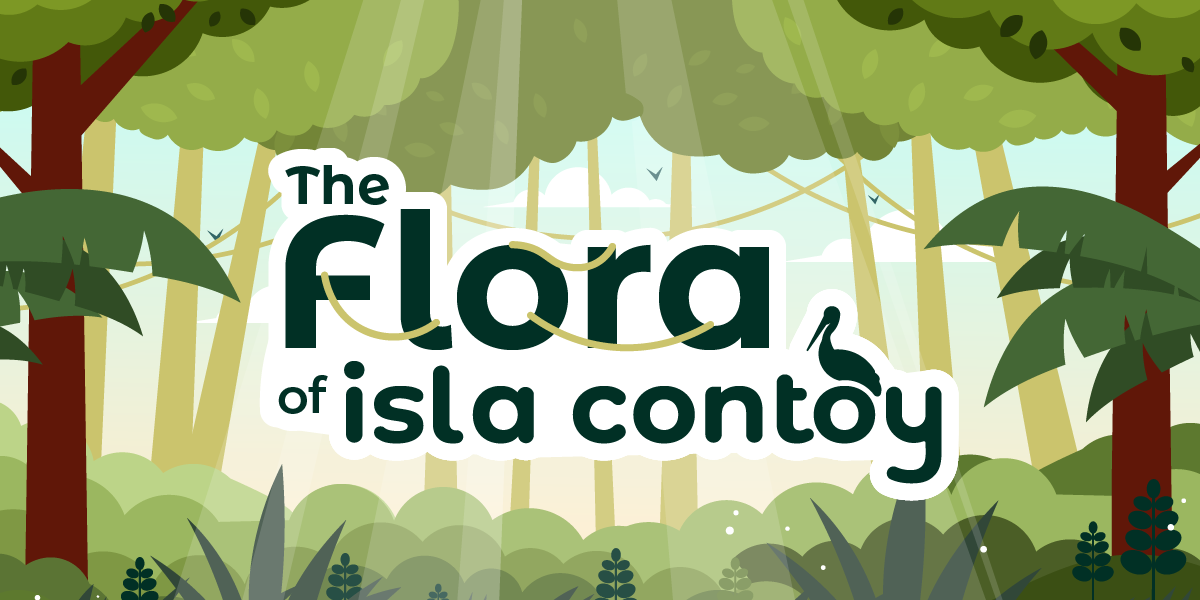
Isla Contoy National Park is home to plant species representative of the flora of the state of Quintana Roo. Unlike the areas populated by humans, this island is protected and still preserves its original vegetation.
The Caribbean is famous for its beaches, culture, and enigmatic jungles. Unfortunately, the most populated areas have suffered changes in their vegetation cove,r and the native plants of the region have been disappearing little by little.
However, Biosphere Reserves and Natural Protected Areas still conserve their original vegetation. For example, in Isla Contoy National Park, you can still find plants that have disappeared in other places (such as Cancun).
Isla Contoy is a terrestrial flora that comprises 85 species and 43 botanical families. The most abundant genera are Capparis, Sideroxylon, Chamaesyce, and Cyperus. The distribution of the terrestrial flora varies according to the type of soil in which they are found.
In Isla Contoy, we can find four predominant types of vegetation you can admire during your visit.
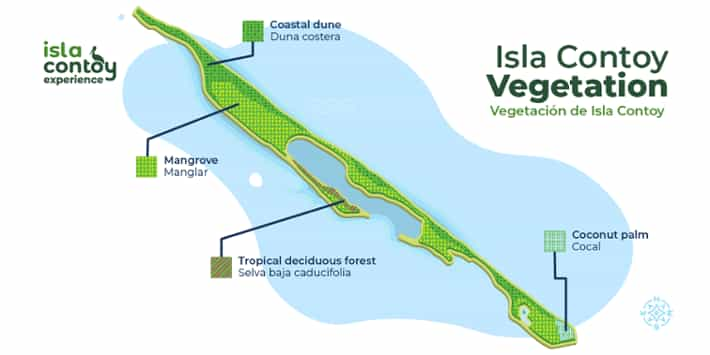
They can be found in sandy or rocky ground that tends to flood during the year's wet season. This species maintains the sand of the beaches and all the wildlife that inhabits there. Within Isla Contoy, it is distributed in the portion away from the sea and covers more of the eastern coast. They usually measure between 40 and 50 centimeters in height, and their leaves are succulent-type and tolerant to high salinity levels.
The predominant plants of the coastal dunes are herbaceous and creeping. Some examples include sea lavender, spider lily, and sea grape.
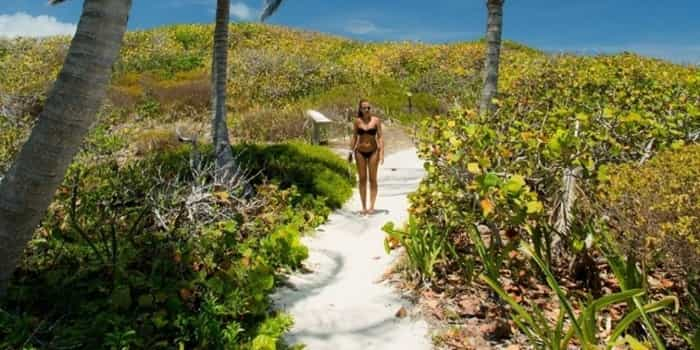
The low deciduous forest of Isla Contoy is composed of small trees. During the rainy season, they turn light green, and in the dry season, they lose more than 95% of their leaves and appear dead. There are also shrubs and epiphytes (or plants that grow on other plants), such as orchids and bromeliads.
The island's substrate is coarse-grained sandy rocky with a regularly accumulated amount of organic matter. It is located in the western portion of the Puerto Viejo lagoon. Some plants of the low deciduous forest are the gumbo-limbo, the nopal, and the chit palm (considered a protected species at risk).
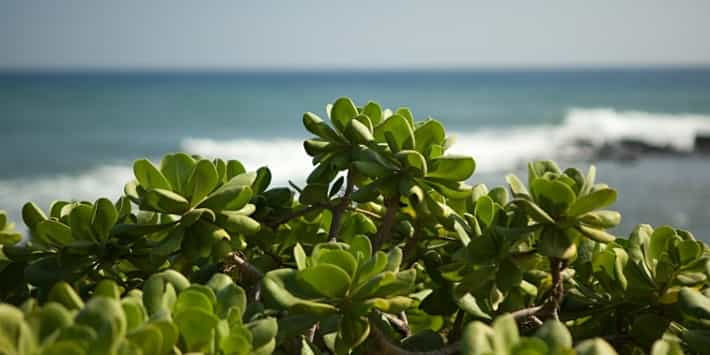
This type of vegetation is the most representative population of the islands. In Isla Contoy, the coconut palm is located in the southern part. It grows in sandy, fine-grained, deep soils with little accumulated organic matter. This type of vegetation has three strata:
Arboreal: Trees between 32 and 40 feet high. The dominant species is the Coconut Palm.
Shrub: Palms that measure between 9 and 19 feet in height. The sea grape and siricote are the most representative species of this stratum.
Herbaceous: Halophytic species no taller than 9 feet high. The Ageratum littorale or hawayche and Cenchrus echinatus or sandbur.
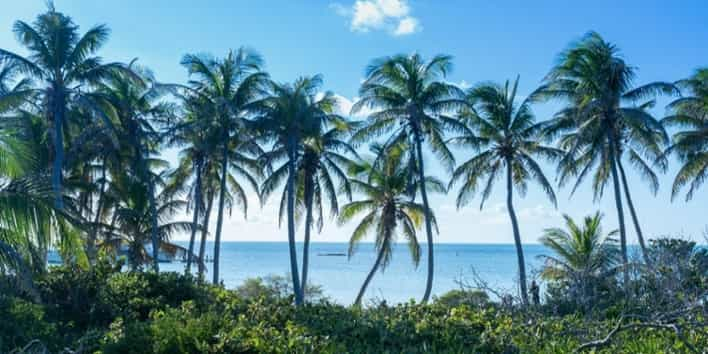
The mangrove is a crucial nature community because of its ecological functions. It is a filter made of organic material that prevents the reef and other marine ecosystems from being damaged. It also serves as a refuge for many birds, fish, crustaceans, and reptiles.
In Isla Contoy, the mangrove is located in the western part, where the soil conditions favor the accumulation of organic matter, and as the tide changes, they are flooded with saltwater and rainwater.
There are four different types of mangroves: red mangrove, black mangrove, white mangrove, and buttonwood mangrove.
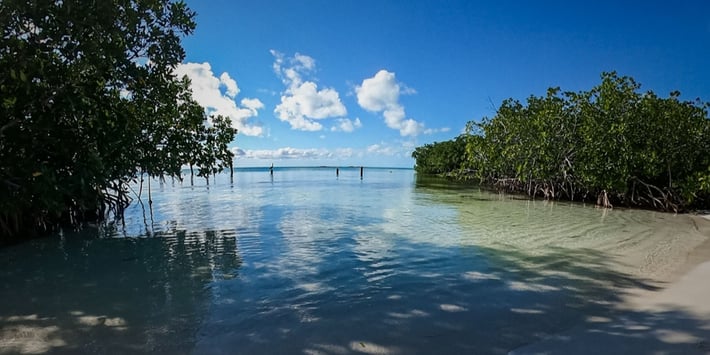
Many species found in Isla Contoy National Park have been used throughout Quintana Roo as food, medicine, and construction material. Some examples are:
It is used as a fiber to produce yarn, ropes, and mats.
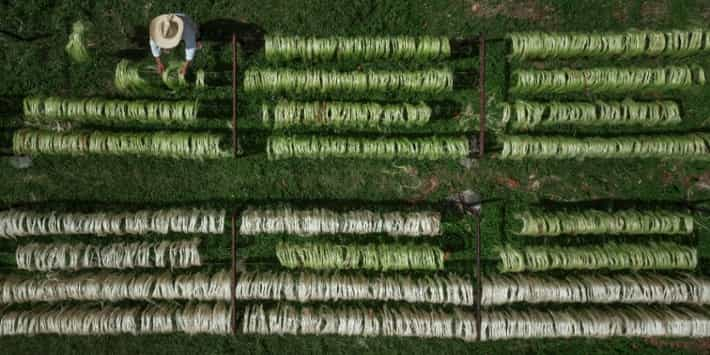
The stem tea is an expectorant to combat inflammation for its medicinal properties. Its resin serves as a mosquito repellent, its fruit to treat snake bites, and its wood for building homes.
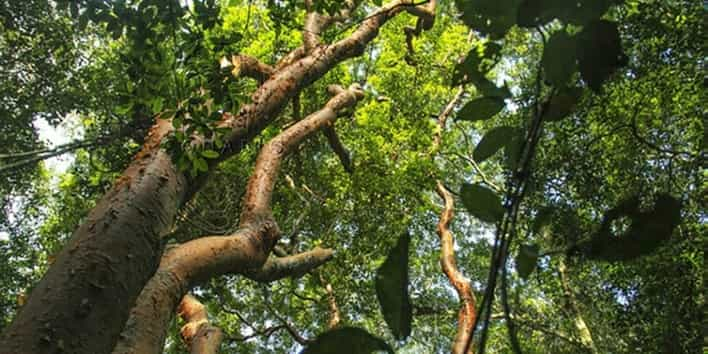
It is used to build palapa roofs and brooms. This species is protected by the SEMARNAT (Ministry of Environment and Natural Resources).
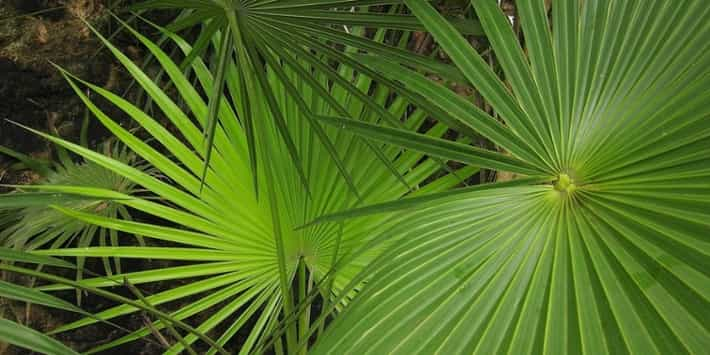
Its fruit (the coconut) is consumed as food. The shell of the coconut is used for cultivation and oil extraction, and the bark is used to make fibers. The palm wood is used to build furniture, and the leaves are used to feed livestock.
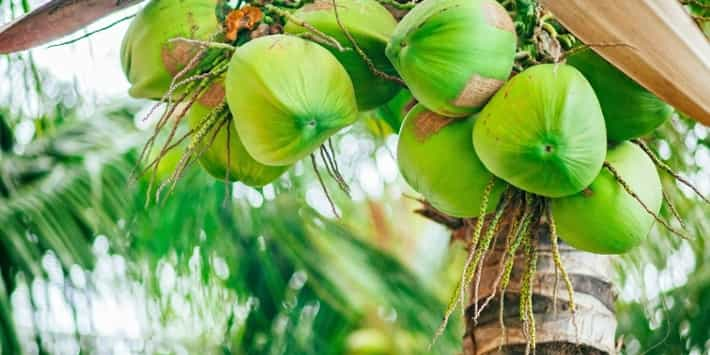
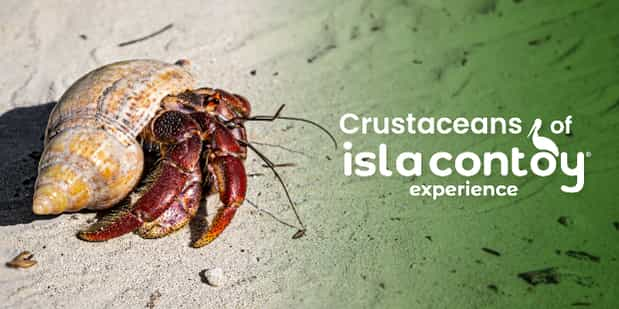
Isla Contoy is known as the island of birds; however, you will be surprised to know that the first thing you will see will be many crabs. Read on and...
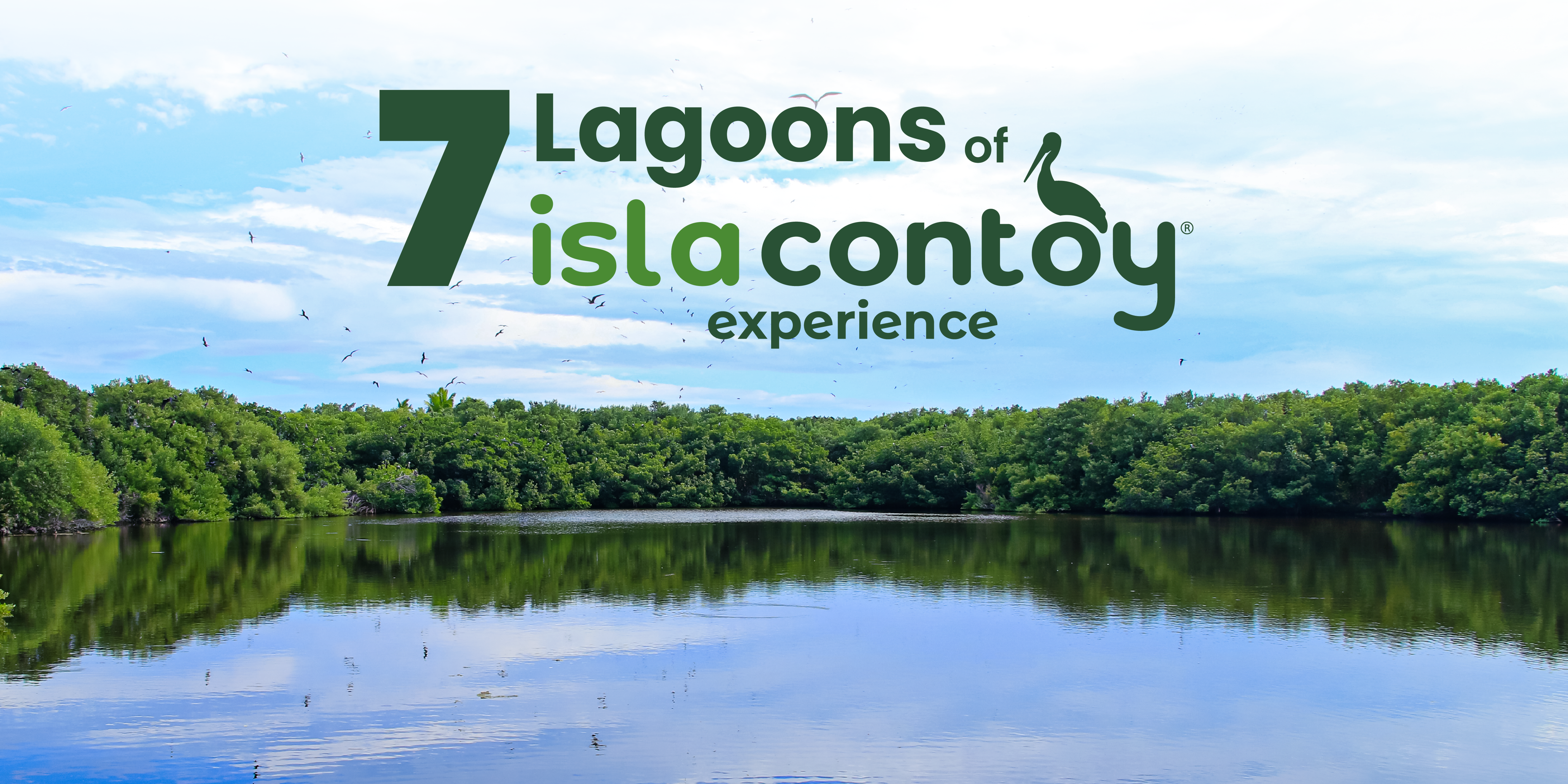
There are 7 lagoons on Isla Contoy, each playing an important role in the life cycle of the island's species. Read on and learn about these...